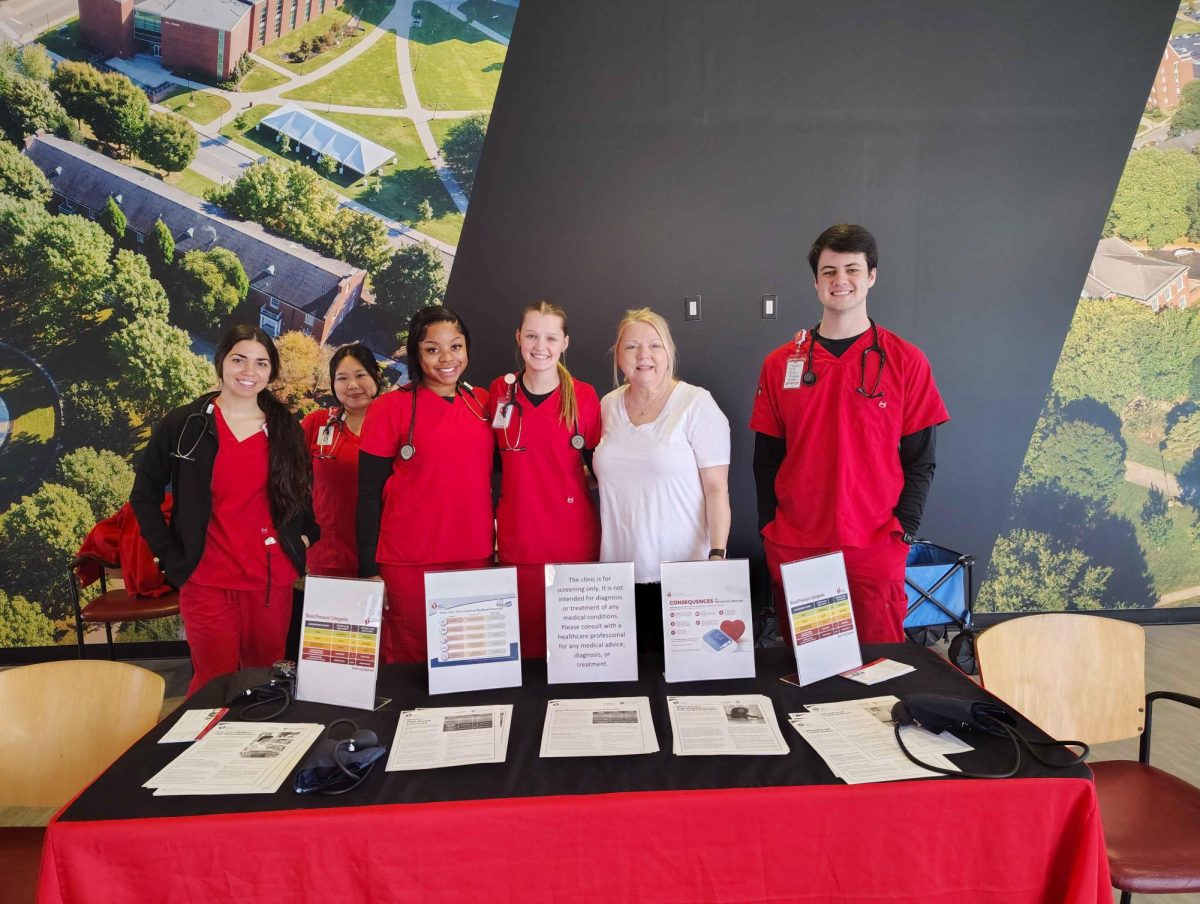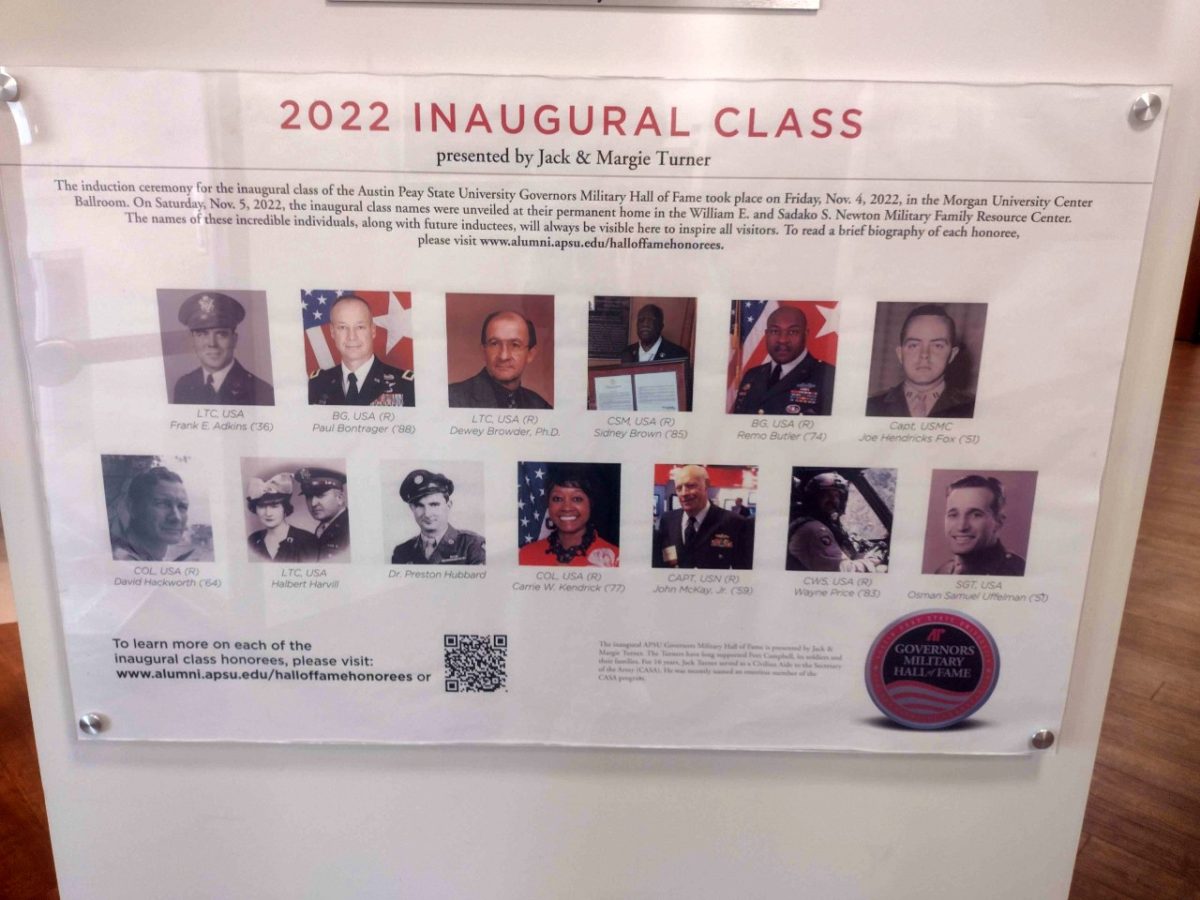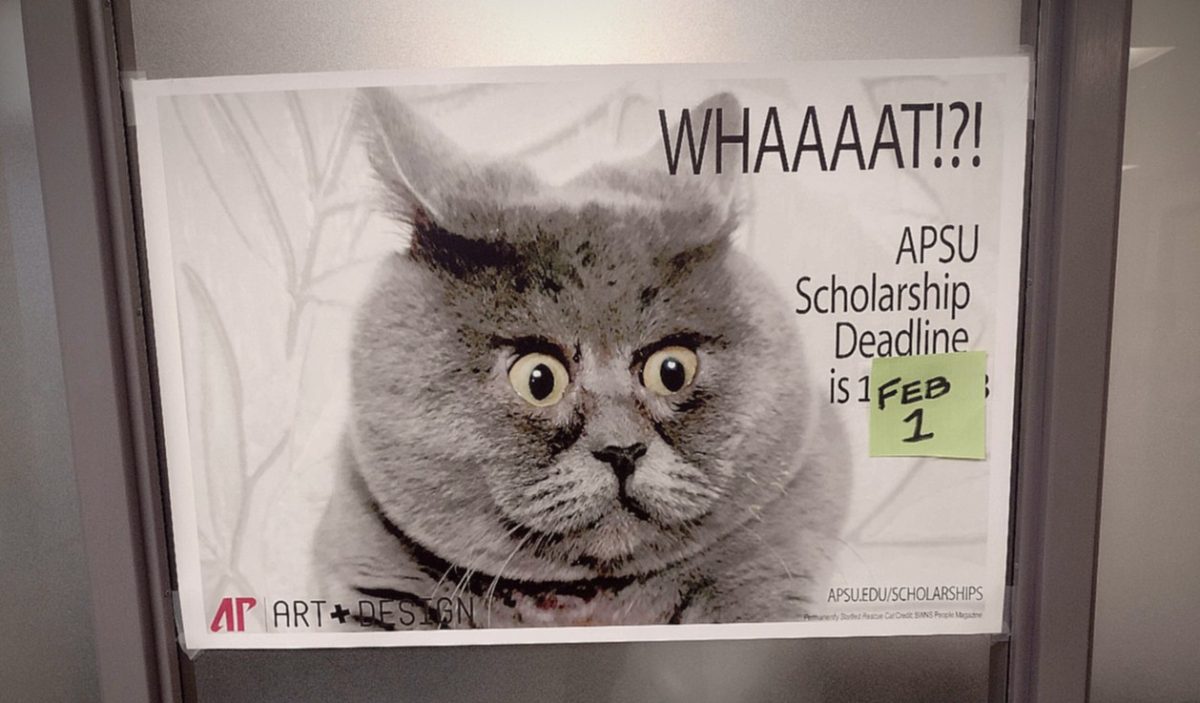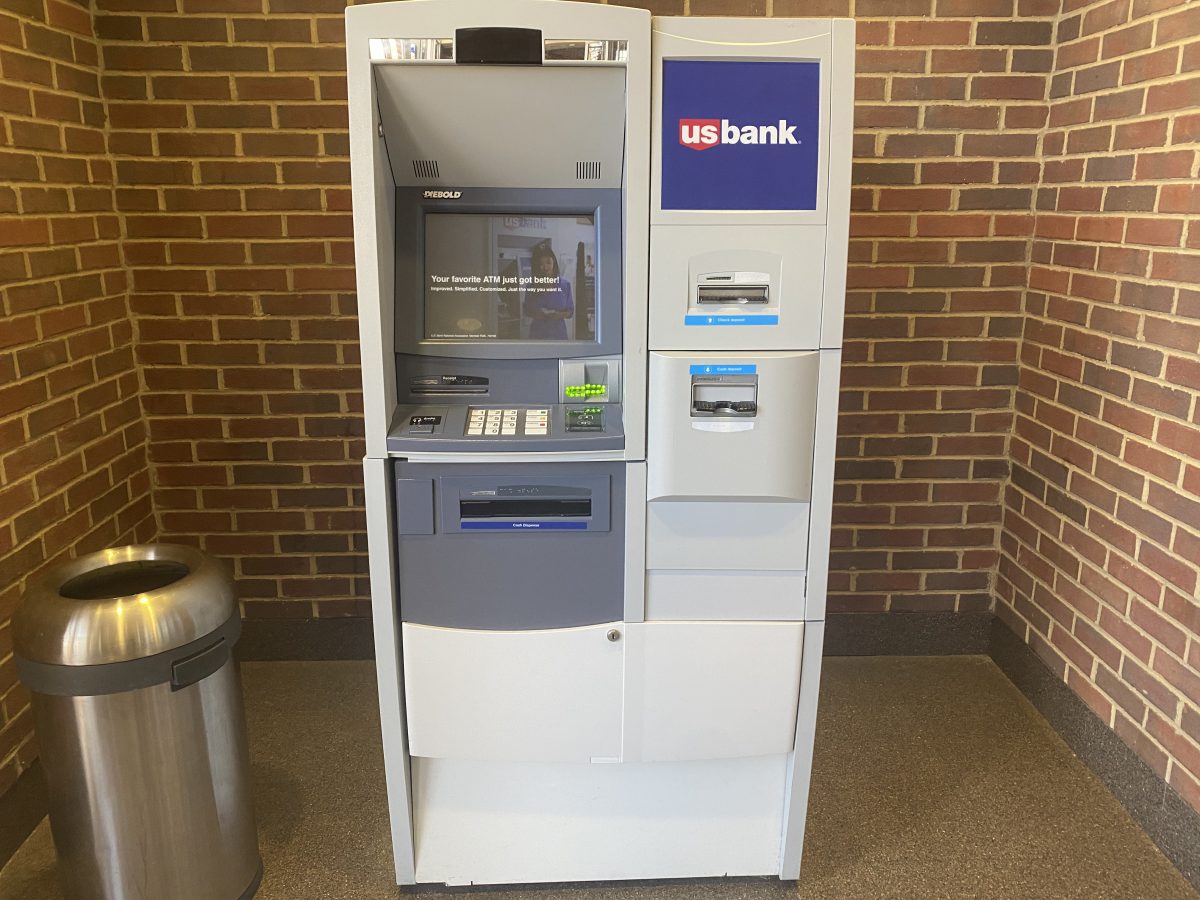Resumes: more often than not, your resume will serve as a first impression for the business you are trying to get a job with. Maybe that’s why it can seem so stressful to write one. I mean, you’ve got about 15 seconds to impress the recruiting director or else it goes into the rejected pile with dozens (or hundreds) of others, right?
I traveled this past Saturday, Jan. 30, to Memphis for a leadership development conference for my sorority. While I was there, I was able to learn about building an effective resume from Buddy Bush, the Director of Learning and Development at JB Training Solutions.
Bush’s presentation broke down many aspects of what should go into your resume. The first thing she brought up was to skip the objective sentence. “Your objective is to get the job,” she said, “you can skip the objective statement and save that room for something more important.”
Bush also said to avoid listing phrases such as “proficient in Microsoft Office,” “strong leader” and “internet skills” under a skills column. According to Bush, recruiting directors are going to assume that every applicant already knows how to use Word and Excel, and how to Google something. Using “strong leader” becomes unimpressive unless there are facts immediately present to back it up. She suggested instead only listing specialized skills such as “familiar with C++,” “advanced Photoshop and Lightroom skills,” or finding ways to expand upon vague skills. Instead of “great verbal communication skills,” try “great verbal communication skills, delivered more than 50 presentations throughout college education.”
Bush also emphasized the importance of quantifying everything on a resume. Using the following as an example, which one stands out more immediately?
“25+ years experience working retail, was named #1 sales representative in Southeastern U.S. region.”
“More than twenty-five years experience working retail, was named top sales representative in Southeastern U.S. region.”
These sentences say the exact same thing, but if you are a recruiting director, just skimming over this sentence, the actual numbers will be what catch your eye.
Bush also said that there are three major components to an effective resume: education, experience and activities/interests.
Education is where you will take the time to list in-classroom achievements. Bush said several times that it is important to “sell your major.” Talk about how what you studied in college is applicable in the real world. She also mentioned that listing your college GPA is not necessary, but can be viewed as impressive if it is a 3.4 or higher. If you use your GPA on a resume, Bush recommends rounding to two numbers. She said that employers don’t need to know that your GPA was a 3.54240953453, that 3.5 is perfectly okay. This is also where you list academic achievements and awards, things directly related to your major.
Experience is for everything you’ve accomplished outside of the classroom. That conference you won that obscure award at sophomore year that your mom still insists on hanging on the refrigerator? Yeah, this is where you would list it. If you studied abroad, put it here. Community service? This is where it belongs. Basically, the things that you brag about to that one cousin you have (you know the one) get listed here, along with job experience.
Interests/Activities is where you get to show off all of those professional development skills that you’ve learned since you took a step back from Netflix. This is where you get to list that you’re proficient in speaking Spanish (Bush recommends that if you can’t immediately switch back and forth between two languages, to avoid the word fluent). This is where you can point out that you know how to write html, or are CPR certified. This is where you can list involvement in student organizations that may not be as impressive or valued as what you listed in the Experience section.
So, now that you know what the content for your resume should look like, take some time to start figuring out what you’d like to put in it. Next week, we’ll talk about how to put it all together.







